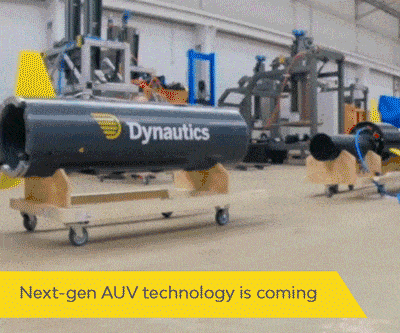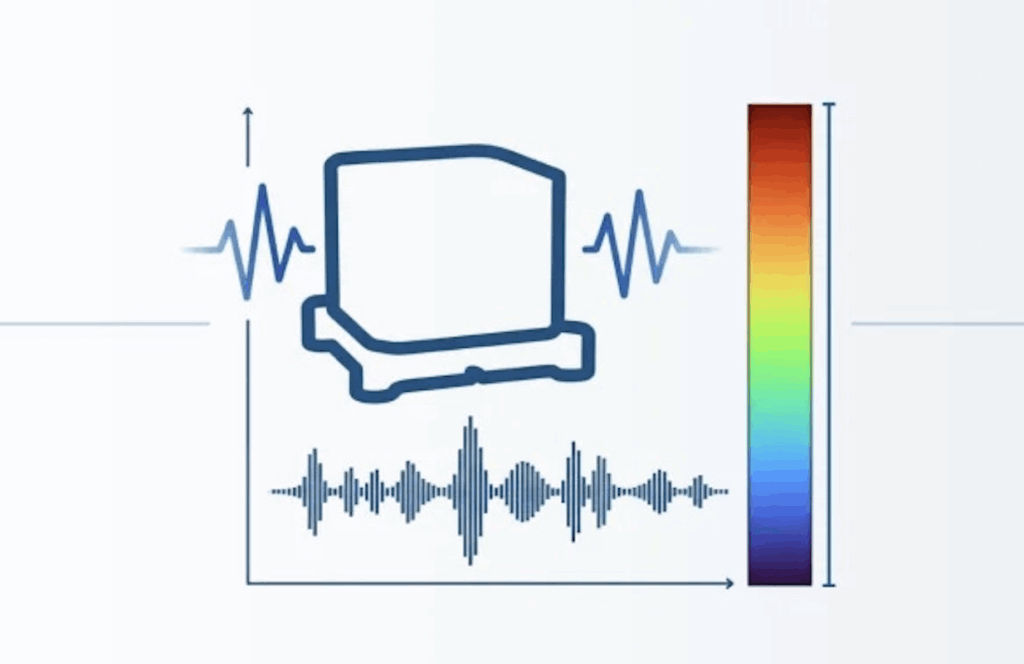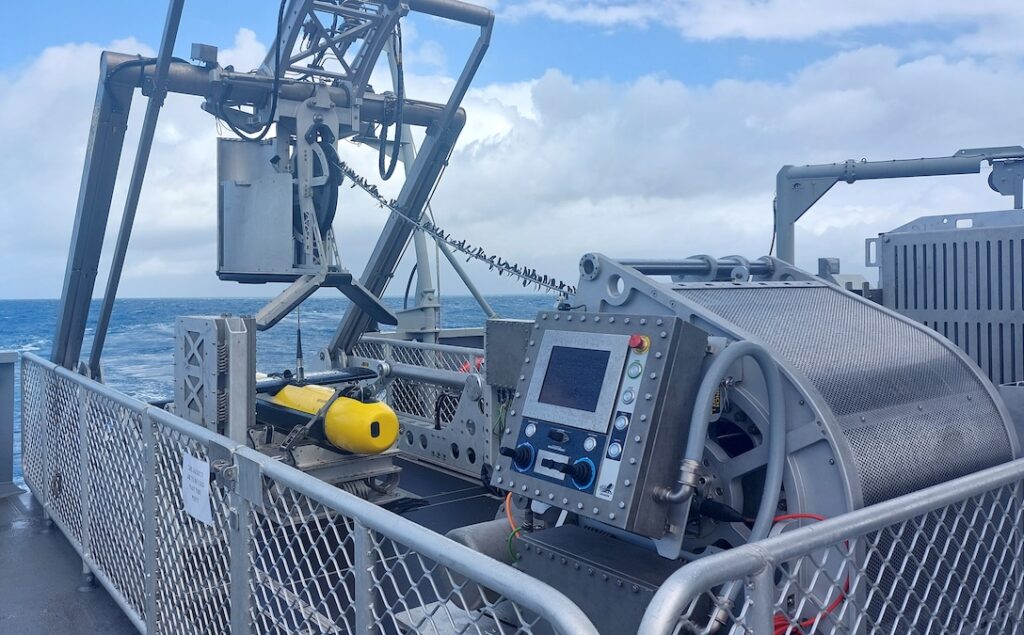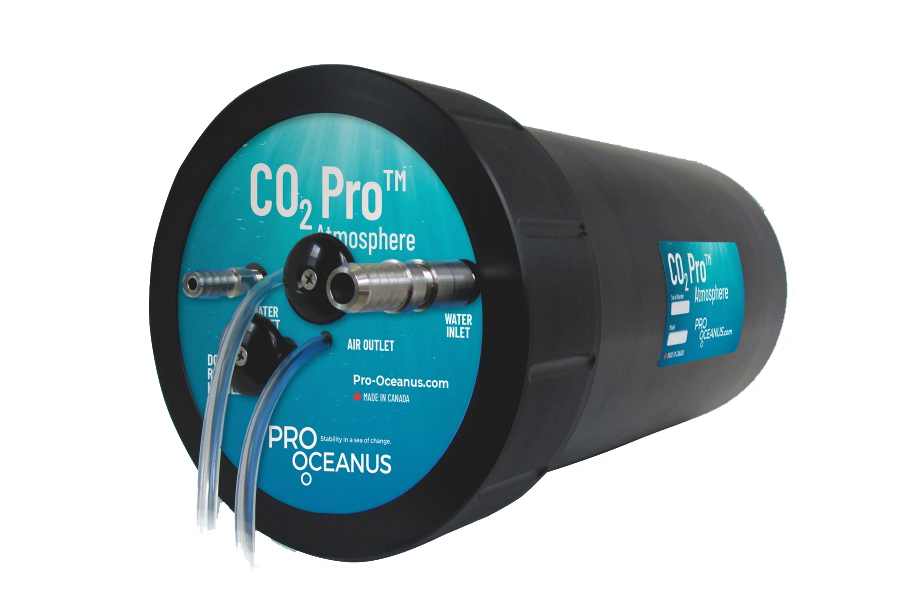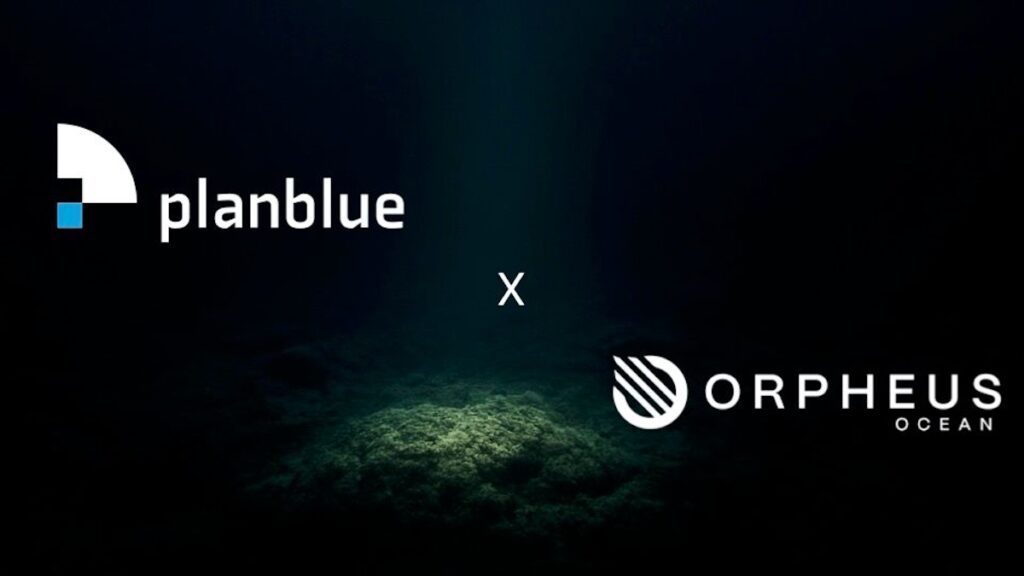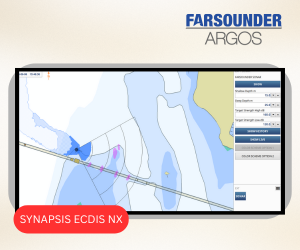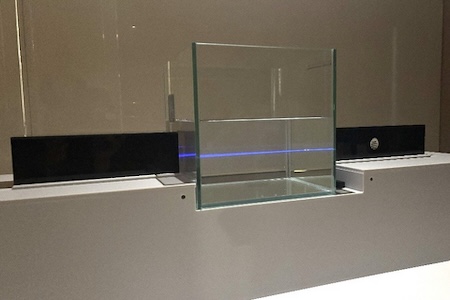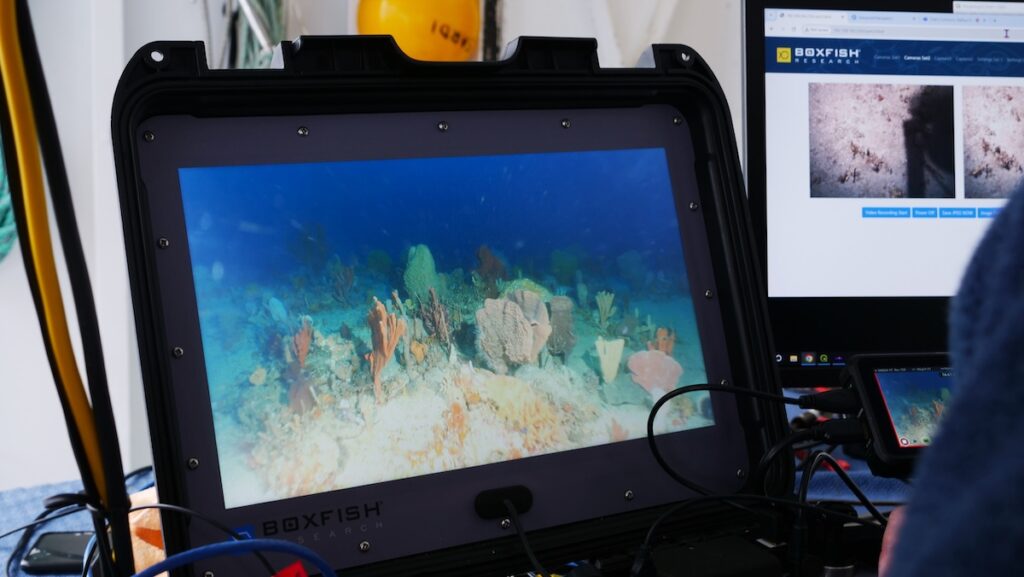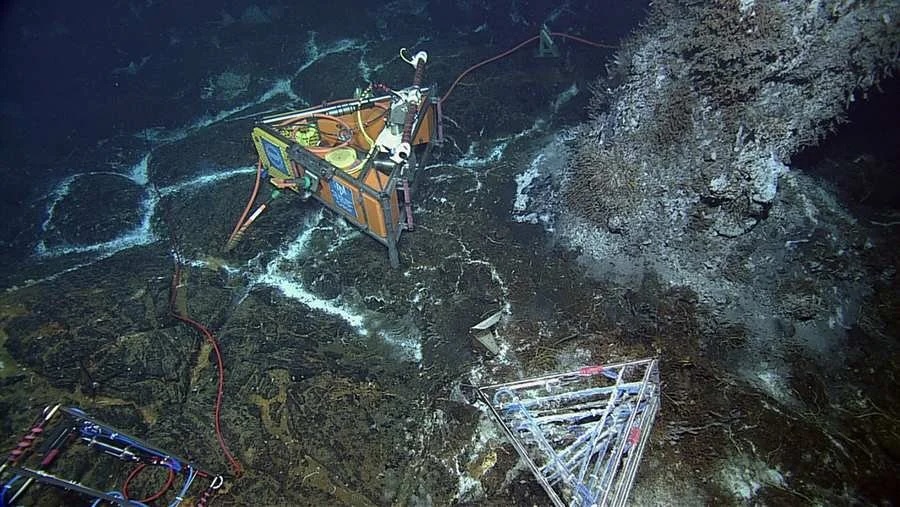
Ocean Monitoring System Technology
Discover cutting-edge solutions from 8 leading global suppliers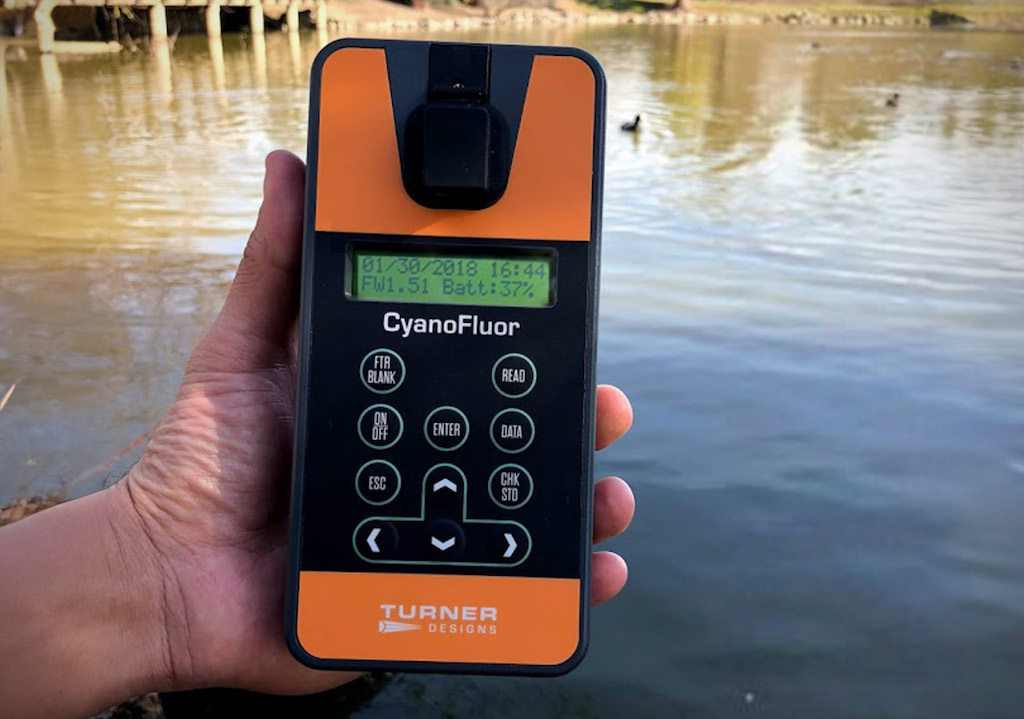
In a recent study, researchers deployed the hand-held Cyanofluor fluorometer from Turner Designs to detect and accurately quantify potentially life-threatening Harmful Algal Blooms (HABs).
Published in the scientific journal Heliyon, the research reports an investigation into the monitoring and treatment process at New Jersey drinking water treatment plants (Hsu, Acosta Caraballo and Wu, 2024), with the fluorometers deployed at the source waters.
HABs are often formed by increased growth of blue-green algae, or cyanobacteria. These organisms can produce toxins with severe health effects in humans, ranging from abdominal pain and headaches, to liver disease. One medical study even reported carcinogenic effects, with the consumption of a cyanotoxin being linked to liver cancer.
Water treatment plants are designed to remove cyanobacteria and low levels of cyanotoxins, but high toxin concentrations have been known to overwhelm their treatment capabilities.
Subsequent cyanotoxin break-through events can lead to widespread adverse health effects in customers. As such, monitoring schemes to minimise the algal concentrations in drinking water sources prior to treatment have been identified as the best HAB management strategy.
The Cyanofluor works by measuring the ratio of two pigments found in cyanobacteria, chlorophyll and phycocyanin. In the study, the authors determined that cyanotoxin levels positively correlate with phyocyanin pigment values in the water. Because of this, the researchers suggest that these fluorescence readings can act as a direct proxy for harmful toxin concentrations.
This way, the Cyanofluor hand-held fluorometer can be implemented into the widespread monitoring of source waters for drinking water, providing an effective and cost-effective solution for HAB detection.
While thankfully the water treatment plants investigated completely removed all cyanotoxins in this case, the importance of accurate HAB detection in maintaining high standards of drinking water quality cannot be understated.
Robust and effective monitoring strategies can ensure high water quality for all, and help maintain healthy ecosystems and a healthy population.
The authors state that, “Overall, the best strategy on HAB management is to focus on minimizing algae abundance at the source water before initiating the treatment process… Routine monitoring would provide early bloom detection, lower treatment costs, and lower public health risk to the community.”
Reference for the full paper:
Hsu, T.-T.D., Acosta Caraballo, Y. and Wu, M. (2024). An investigation of cyanobacteria, cyanotoxins and environmental variables in selected drinking water treatment plants in New Jersey. Heliyon, [online] 10(11), p.e31350. doi:https://doi.org/10.1016/j.heliyon.2024.e31350.






